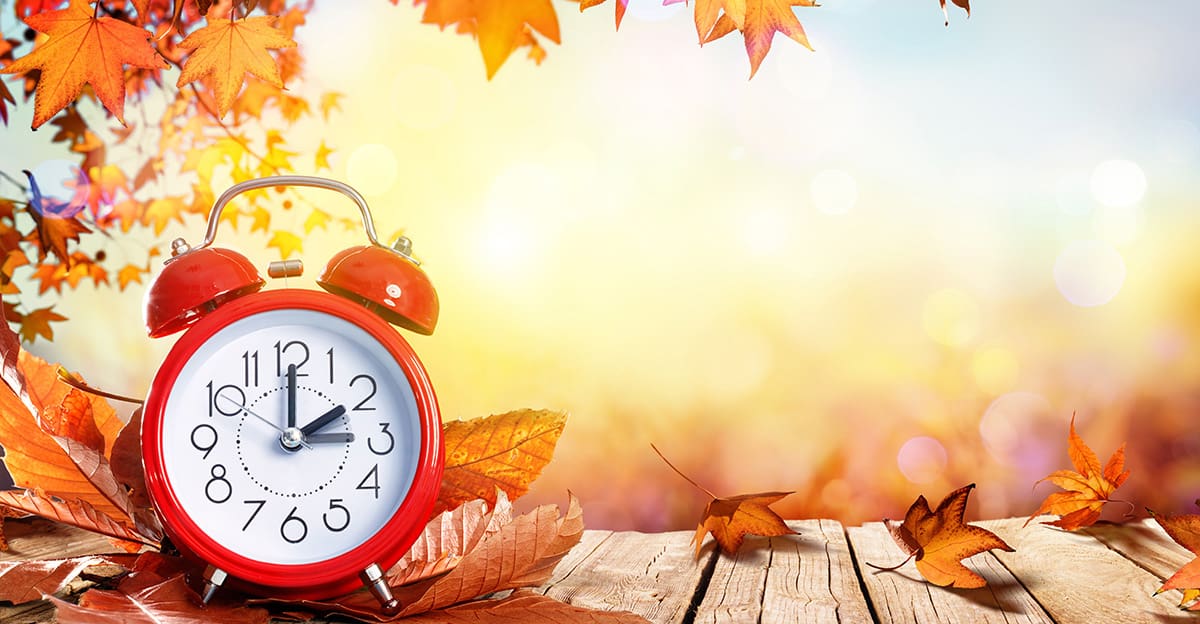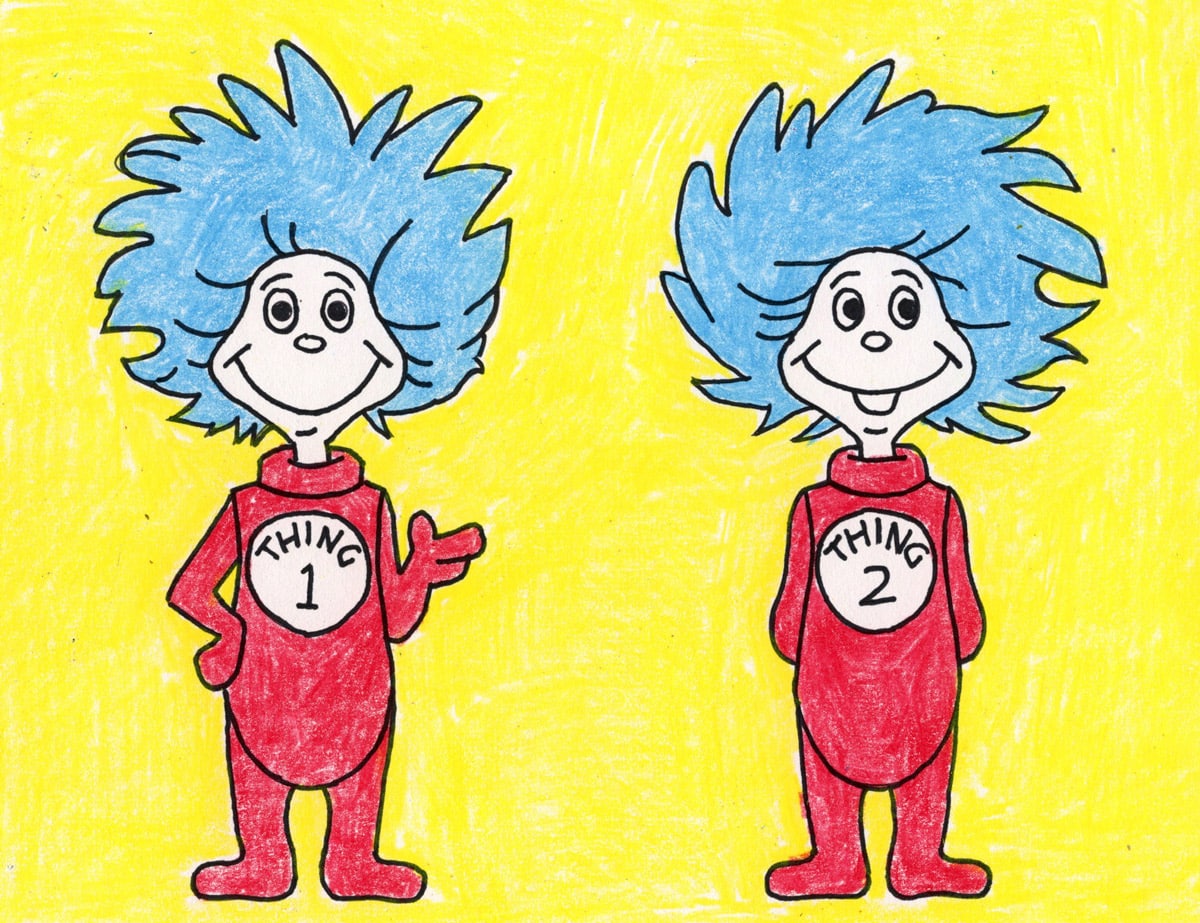
Did you read that article title correctly? Here’s a freebie fact right from the start!
It’s Daylight Saving Time, not Daylight Savings Time
That’s right. Many of you have probably been saying it incorrectly this whole time. And that’s okay because there are still people out there saying expresso and nucular… we can all agree those are much more egregious. Some countries just call it Summer Time. Doesn’t that seem less confusing?
It wasn’t created for farmers
It’s very possible everyone has heard this one discussed as absolute fact, but it’s simply not true. The story goes that Daylight Saving Time was created to give farmers more time out in the fields at night. The truth is that the agricultural industry actually lobbied against changing clocks during the year when it was first introduced to the US in 1918. Farmers, especially dairy farmers, often have very set schedules, and changing milking time by an hour can be disruptive for both the farmer and their cattle.
Some blame Daylight Saving Time for the end of drive-in movie theaters
While first introduced in the US in 1918, it wasn’t enforced nationwide until the Uniform Time Act of 1966. At that time, there were more than 4,000 drive-in movie theaters across the country. Today, only about 300 remain. While there are certainly plenty of factors that likely contributed to that decline, drive-in movie theater owners were strongly opposed to the original legislation because adding an hour of sunlight in the warmer months made it more difficult to show movies at family-friendly times.
Also Read : 5 Shiatsu Pressure Points to Alleviate Every Kind of Headache
It’s not surprising that stores getting another hour of weeknight sunlight is great for their industry. The outdoor grill and charcoal industries supported the first extension from six to seven months in 1986, and claim the extra month of extra sunlight at night has earned them an additional $200 million in sales. Chambers of commerce were some of the biggest supporters of the next Daylight Saving Time extension from seven to eight months in 2005.
What is the Future of Daylight Saving Time?
There is currently renewed interest in switching everyone to Daylight Saving Time for the entire year. It would become the new standard time and never change. However, this was tried once before with less than positive results. While most enjoy the extra hour of sunlight during warmer months, there was concern about students walking to school in the dark on shorter winter days.
Many states have passed legislation to declare Daylight Saving Time the standard time year-round. But they can’t enact it without federal approval. The U.S. Senate unanimously passed the Sunshine Protection Act of 2021 to allow states to enforce that change and give states the option to choose between Daylight Saving Time or standard time year-round. Similar legislation is being considered in the U.S. House of Representatives.
No matter what happens, as long as it’s here, you might as well find some fun ways to incorporate it into your classroom!
What do you think? Daylight Saving Time all year? Standard time all year? Or should we keep changing them forward and backward? Let us know in the comments!






Your point of view caught my eye and was very interesting. Thanks. I have a question for you.